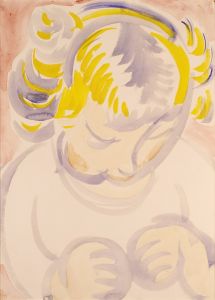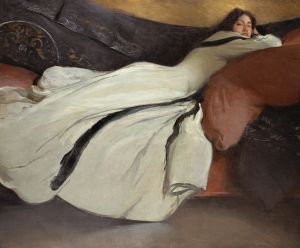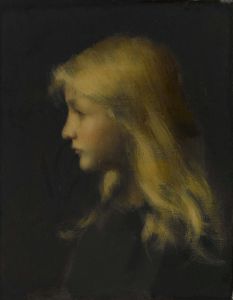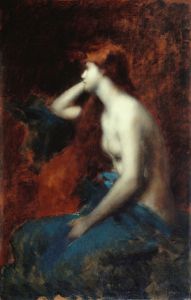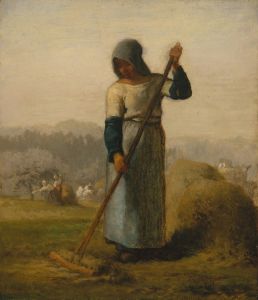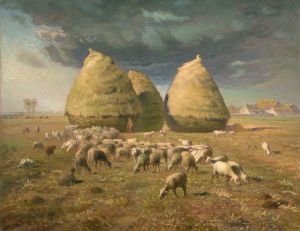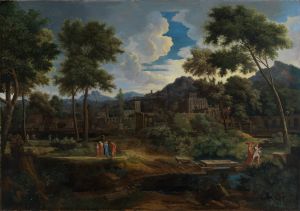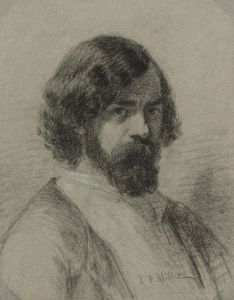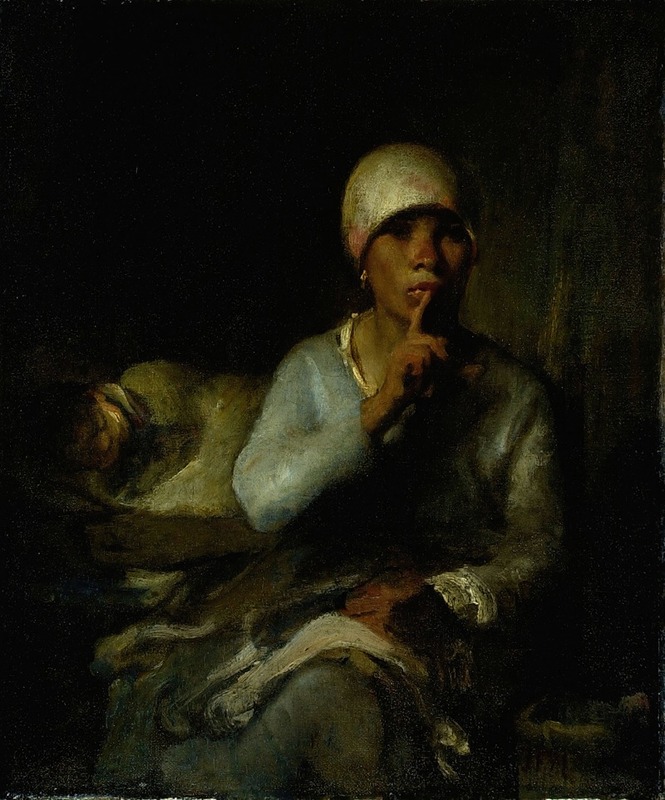
Woman and Child
A hand-painted replica of Jean-François Millet’s masterpiece Woman and Child, meticulously crafted by professional artists to capture the true essence of the original. Each piece is created with museum-quality canvas and rare mineral pigments, carefully painted by experienced artists with delicate brushstrokes and rich, layered colors to perfectly recreate the texture of the original artwork. Unlike machine-printed reproductions, this hand-painted version brings the painting to life, infused with the artist’s emotions and skill in every stroke. Whether for personal collection or home decoration, it instantly elevates the artistic atmosphere of any space.
"Woman and Child" is a painting by the renowned French artist Jean-François Millet, who is best known for his depictions of rural life and peasant subjects. Millet was a leading figure in the Barbizon School, a movement that emphasized realism and the natural beauty of the French countryside. His works often reflect a deep empathy for the working class and a profound connection to the land.
Jean-François Millet was born on October 4, 1814, in Gruchy, a small hamlet in the Normandy region of France. He grew up in a farming family, which profoundly influenced his artistic vision and subject matter. Millet's early exposure to rural life and labor became a central theme in his art, as he sought to portray the dignity and hardship of peasant life.
"Woman and Child" is one of Millet's many works that focus on intimate, everyday scenes. While specific details about the creation of this particular painting are scarce, it is consistent with Millet's broader oeuvre, which often features women and children engaged in daily activities. These subjects allowed Millet to explore themes of motherhood, family, and the cyclical nature of life, all of which were central to his artistic philosophy.
Millet's technique is characterized by a muted color palette and a focus on form and composition over fine detail. This approach lends his work a timeless quality, emphasizing the universality of his subjects. In "Woman and Child," as in many of his paintings, Millet captures a moment of quiet intimacy, inviting viewers to reflect on the bond between mother and child and the simplicity of rural life.
The painting likely reflects Millet's interest in the human condition and his desire to elevate the status of the peasantry through art. By portraying everyday scenes with dignity and respect, Millet challenged the traditional hierarchy of subjects in art, which often favored historical or mythological themes over depictions of common people.
Millet's work, including "Woman and Child," had a significant impact on later artists and movements. His focus on realism and the human experience influenced the development of Impressionism and inspired artists such as Vincent van Gogh, who admired Millet's ability to convey emotion and authenticity through his depictions of rural life.
Throughout his career, Millet faced both praise and criticism. While some contemporaries appreciated his honest portrayal of peasant life, others viewed his work as overly simplistic or politically charged. Despite this, Millet remained committed to his vision, and his paintings continue to be celebrated for their emotional depth and social commentary.
"Woman and Child" exemplifies Millet's dedication to capturing the essence of rural existence and the enduring bond between mother and child. Today, his work is housed in major museums and collections worldwide, where it continues to resonate with audiences for its poignant portrayal of humanity and nature.





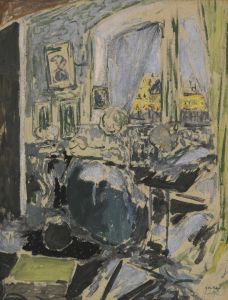
![Hanna Estlander o.s. Lupander [taiteilijan serkku] soittaa pianoa](/imgs/221307/s/helene-schjerfbeck-hanna-estlander-os-lupander-taiteilijan-serkku-soittaa-pianoa-4151dfac.jpg)

